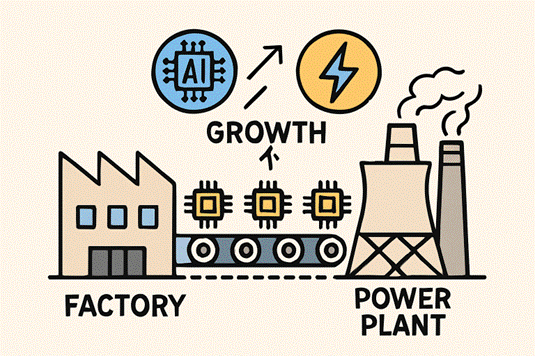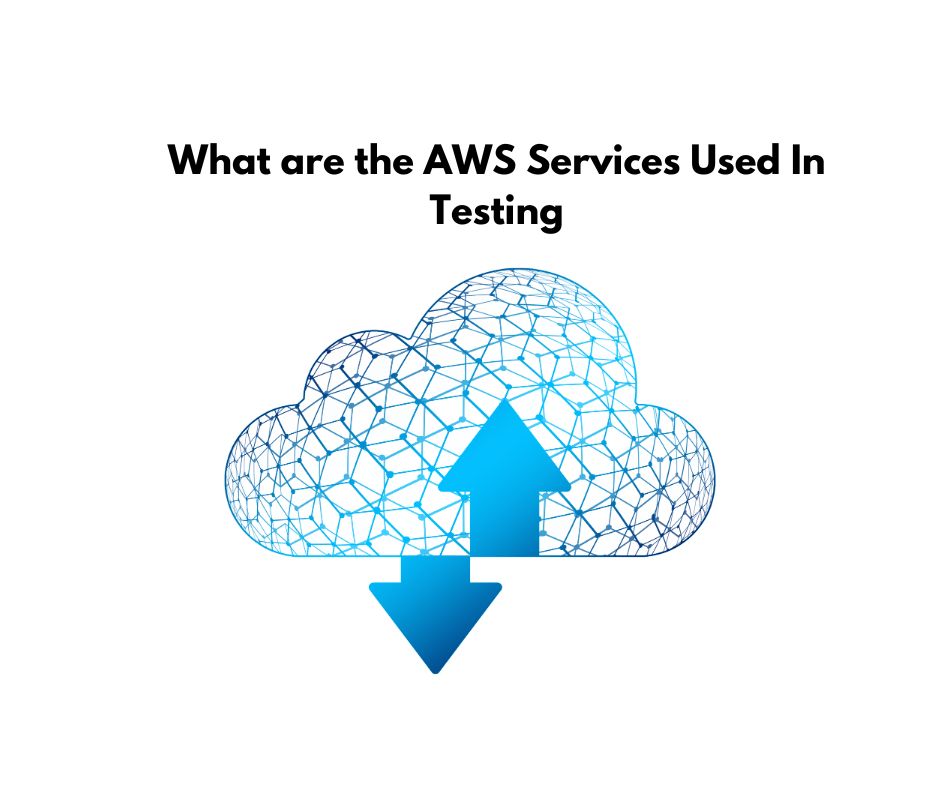Artificial intelligence is no longer a niche tool but a transformative force redefining modern industries—from healthcare and logistics to finance and advanced manufacturing. As AI-driven applications multiply, they place unprecedented pressure on the global supply chain, raising complex questions about whether current power tech manufacturing can scale fast enough to support this explosive growth. The challenge isn’t limited to component production or just-in-time logistics; it stretches into core infrastructure, with ripple effects on energy policy, sustainability, and long-term innovation.
As highlighted in Bloom Energy Women’s Day, the company emphasizes the vital role of diverse leadership and innovation in advancing clean energy technologies that can meet the demands of an AI-powered future.
Recent industry developments underscore the urgency of these challenges. For example, strategic partnerships to deploy fuel cells for AI data centers showcase how energy and AI converge at breakneck speed. This commitment highlights the sector’s rapid evolution and celebrates milestones, signaling a more inclusive and innovative future for power technology.
The Surge in AI Demand
Integrating AI into every facet of business, from consumer apps to industrial robotics, has caused a surge in demand for specialized hardware—most notably semiconductors, GPUs, and custom chips devised for heavy AI workloads. This is prompting steep investments in U.S. energy infrastructure, with leaders like Schneider Electric allocating over $700 million to boost domestic manufacturing capabilities and fortify power grids. This momentum is mirrored across other tech giants, who recognize that robust, scalable, and resilient manufacturing pipelines must match AI’s appetite for computational horsepower.
At the same time, tariffs and shifting global trade conditions motivate firms to ramp up U.S.-based production, ensuring greater control over critical supply chain chokepoints. With Schneider’s investments alone expected to generate more than 1,000 new jobs and impact multiple states, the race to accommodate next-generation AI systems is transforming local economies and influencing policy and infrastructure nationally.

Supply Chain Challenges
Component Shortages
The global acceleration in AI adoption has exposed acute shortages in the components that drive its success. The scarcity of GPUs and advanced semiconductors has forced manufacturers to rethink supply agreements and diversify their sources. These bottlenecks are causing significant production backlogs and delaying market entry for new AI solutions—a hurdle that could undermine competitiveness if not addressed proactively.
Infrastructure Limitations
Not all facilities are ready for the specialized demands of today’s AI hardware. Upgrading fabs and retrofitting manufacturing hubs requires substantial capital and time, which makes keeping pace with the rapid rollouts expected from AI companies challenging. Legacy infrastructure, designed for more conventional electronics, must now support tailored cooling, high-density compute workloads, and advanced automation.
Energy Consumption
The energy consumption of AI-centric data centers is rising exponentially, putting additional strain on grids already contending with the transition to renewables and fluctuating regional needs. According to recent reports, AI workloads’ increasing density and complexity amplify calls for substantial energy sector reforms, including smarter demand response and deeper investment in clean energy generation.
Innovative Solutions
AI-Driven Supply Chain Optimization
Harnessing AI within the supply chain it powers is proving to be a game-changer. Using advanced analytics and predictive modeling, companies can now optimize inventory, anticipate shifts in demand, and streamline logistics, resulting in a nimbler, more resilient network ready to adjust as conditions fluctuate.
Advanced Manufacturing Techniques
Strategies for scaling production have recently expanded to include novel techniques such as AI-powered magnetic levitation (Maglev) conveyors. These systems substantially enhance productivity by reducing friction, boosting speed, and minimizing maintenance downtime. Real-time monitoring and adaptive controls enable dynamically matching production levels to changing market requirements, establishing a best-in-class benchmark for automated assembly processes.
Energy-Efficient Data Centers
To keep pace sustainably, the sector is driving the development of advanced, energy-efficient data centers built for AI-scale workloads. These facilities use renewable power, sophisticated cooling techniques, and hardware specifically optimized for parallel processing. With energy costs and grid stability top concerns, these investments are essential in future-proofing both company growth and broader power security. For more details on these trends, see recent coverage of AI’s impact on the power grid.
Policy and Investment
Government leadership is vital for bridging the gap between rapid tech innovation and manufacturing capacity. Thoughtful policy frameworks can jumpstart R&D, incentivize critical infrastructure buildouts, and ensure best practices are embedded in every stage—from raw material sourcing to emissions control. Recent reports from the Manufacturing Leadership Council reveal that most industry players see AI as essential within the decade, driving calls for public-private partnerships and smarter, future-oriented policymaking.
Strategic investments from both public and private sectors are accelerating the adoption of sustainable practices, supporting workforce transition, and delivering the scale needed to accommodate global AI growth. By aligning regulatory guidance with the evolving technological landscape, policymakers can help industry leaders adapt faster, unlocking new value while minimizing disruption.
Future Outlook
The next five years will mark a pivotal era for power tech manufacturing. As AI’s influence across industries deepens, organizations willing to invest in supply chain intelligence, green energy, and frontier hardware will emerge as long-term winners. To keep up with ever-accelerating digital transformation, scaling these breakthroughs will require a holistic strategy—integrating finance, policy, engineering, and environmental stewardship.
Today’s evolution will set the standard for tomorrow’s factories and infrastructure, building a foundation for jobs, innovation, and prosperity across sectors and regions. Businesses will be best positioned with the agility to integrate advances in AI, energy, and supply chain resilience seamlessly into their growth strategies, building not just for demand today but for an AI-powered world still on the horizon.
Final Thoughts
AI’s explosive growth is reshaping every aspect of manufacturing and energy infrastructure. The path forward is filled with challenges and opportunities—from persistent component shortages and grid capacity constraints to innovative new approaches in automation and sustainability. By investing boldly in next-generation solutions, fostering strong policy frameworks, and leveraging AI to unleash supply chain efficiencies, companies and communities can keep pace with the demands of an AI-powered future. Today’s decisions will reverberate well beyond the factory floor, setting the stage for a more sustainable, efficient, and inclusive technological era.




